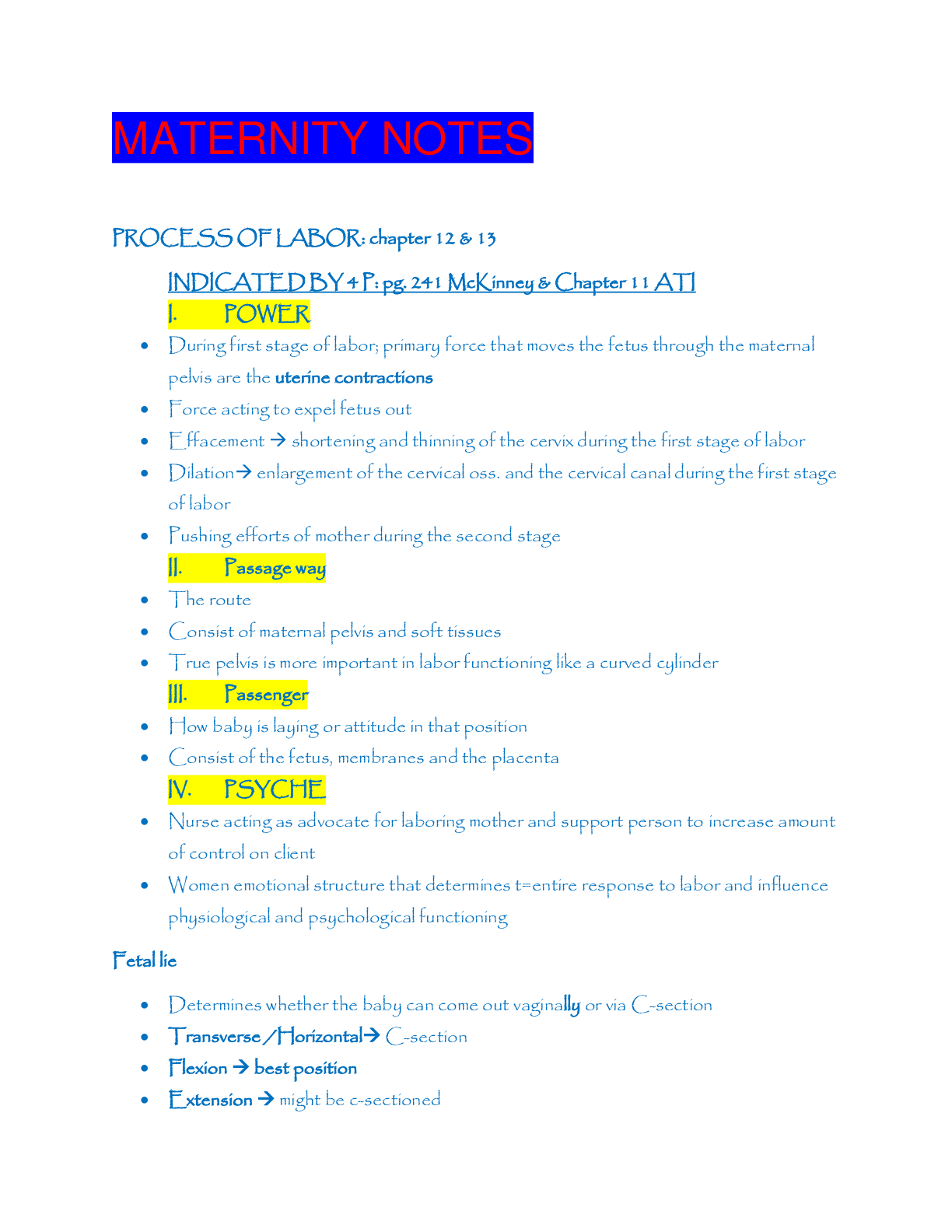*NURSING > Study Notes > Notebook-Gould\'s Pathophysiology for the Health Professions (All)
Notebook-Gould\'s Pathophysiology for the Health Professions
Document Content and Description Below
Atrophy refers to;Hypertrophy refers to;Hyperplasia;Metaplasia;Dysplasia;Anaplasia•Ischemia, a decreased supply of oxygenated blood to a tissue or organ, due to circulatory obstruction•Physical ag... ents, excessive heat or cold, or radiation exposure•Mechanical damage such as pressure or tearing of tissue•Chemical toxins•Microorganisms such as bacteria, viruses, and parasites•Abnormal metabolites accumulating in cells•Nutritional deficits•Imbalance of fluids or electrolytesAtrophy refers to;Hypertrophy refers to;Hyperplasia;Metaplasia;Dysplasia;Anaplasia•Ischemia, a decreased supply of oxygenated blood to a tissue or organ, due to circulatory obstruction•Physical agents, excessive heat or cold, or radiation exposure•Mechanical damage such as pressure or tearing of tissue•Chemical toxins•Microorganisms such as bacteria, viruses, and parasites•Abnormal metabolites accumulating in cells•Nutritional deficits•Imbalance of fluids or electrolytes1. Notebook-Gould's Pathophysiology for the Health ProfessionsAtrophyHypertrophyHyperplasiaMetaplasiaDysplasiaAnaplasiaNeoplasiaEdema is usually more severe in dependent areas of the body, where the force of gravity is greatest, such as the buttocks, ankles, or feet of a person in a wheelchair. Prolonged edema interferes with venous return, arterial circulation, and cell function in the affected area.TABLE 2-3 Comparison of Signs and Symptoms of Fluid Excess (Edema) and Fluid Deficit (Dehydration)Fluid Excess (Edema)Fluid Deficit (Dehydration)Localized swelling (feet, hands, periorbital area, ascites)Sunken, soft eyesPale, gray, or red skin colorDecreased skin turgor, dry mucous membranesWeight gainThirst, weight lossSlow, bounding pulse; high blood pressureRapid, weak, thready pulse, low blood pressure, and orthostatic hypotensionLethargy, possible seizuresFatigue, weakness, dizziness, possible stuporPulmonary congestion, cough, ralesIncreased body temperatureLaboratory values:Laboratory values: Decreased hematocrit Increased hematocrit Decreased serum sodium Increased electrolytes (or variable) Urine: low specific gravity, high volume Urine: high specific gravity, low volume1. Notebook-Gould's Pathophysiology for the Health ProfessionsAtrophyHypertrophyHyperplasiaMetaplasiaDysplasiaAnaplasiaNeoplasiaEdema is usually more severe in dependent areas of the body, where the force of gravity is greatest, such as the buttocks, ankles, or feet of a person in a wheelchair. Prolonged edema interferes with venous return, arterial circulation, and cell function in the affected area.TABLE 2-3 Comparison of Signs and Symptoms of Fluid Excess (Edema) and Fluid Deficit (Dehydration)Fluid Excess (Edema)Fluid Deficit (Dehydration)Localized swelling (feet, hands, periorbital area, ascites)Sunken, soft eyesPale, gray, or red skin colorDecreased skin turgor, dry mucous membranesWeight gainThirst, weight lossSlow, bounding pulse; high blood pressureRapid, weak, thready pulse, low blood pressure, and orthostatic hypotensionLethargy, possible seizuresFatigue, weakness, dizziness, possible stuporPulmonary congestion, cough, ralesIncreased body temperatureLaboratory values:Laboratory values: Decreased hematocritIncreased hematocrit Decreased serum sodium Increased electrolytes (or variable) Urine: low specific gravity, high volume Urine: high specific gravity, low volume [Show More]
Last updated: 2 years ago
Preview 1 out of 59 pages

Buy this document to get the full access instantly
Instant Download Access after purchase
Buy NowInstant download
We Accept:

Reviews( 0 )
$25.00
Can't find what you want? Try our AI powered Search
Document information
Connected school, study & course
About the document
Uploaded On
Jun 12, 2021
Number of pages
59
Written in
Additional information
This document has been written for:
Uploaded
Jun 12, 2021
Downloads
0
Views
84





